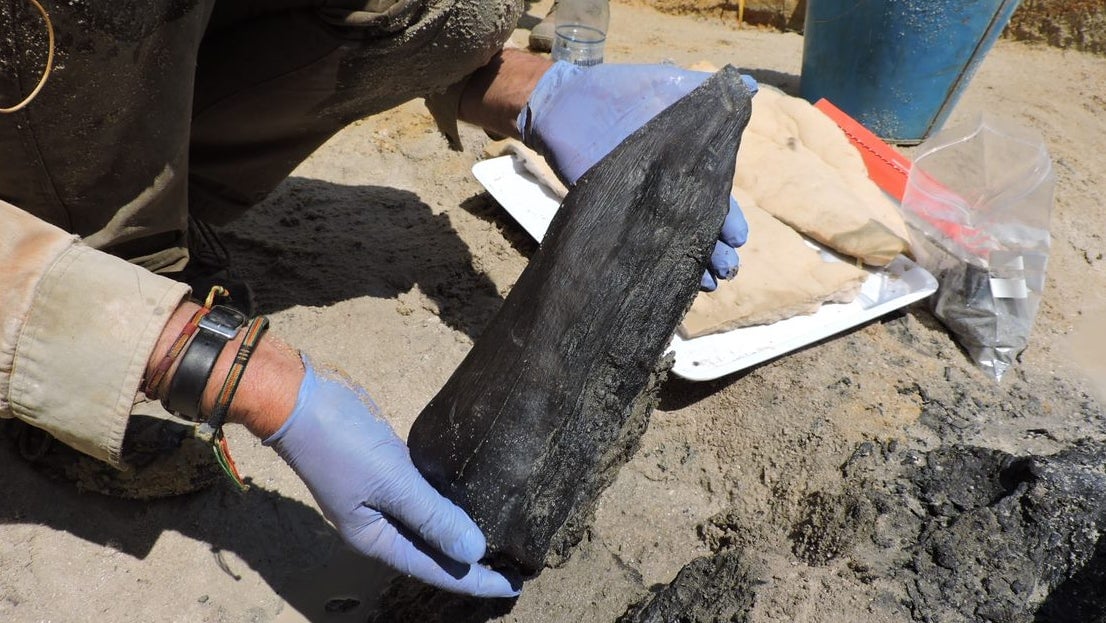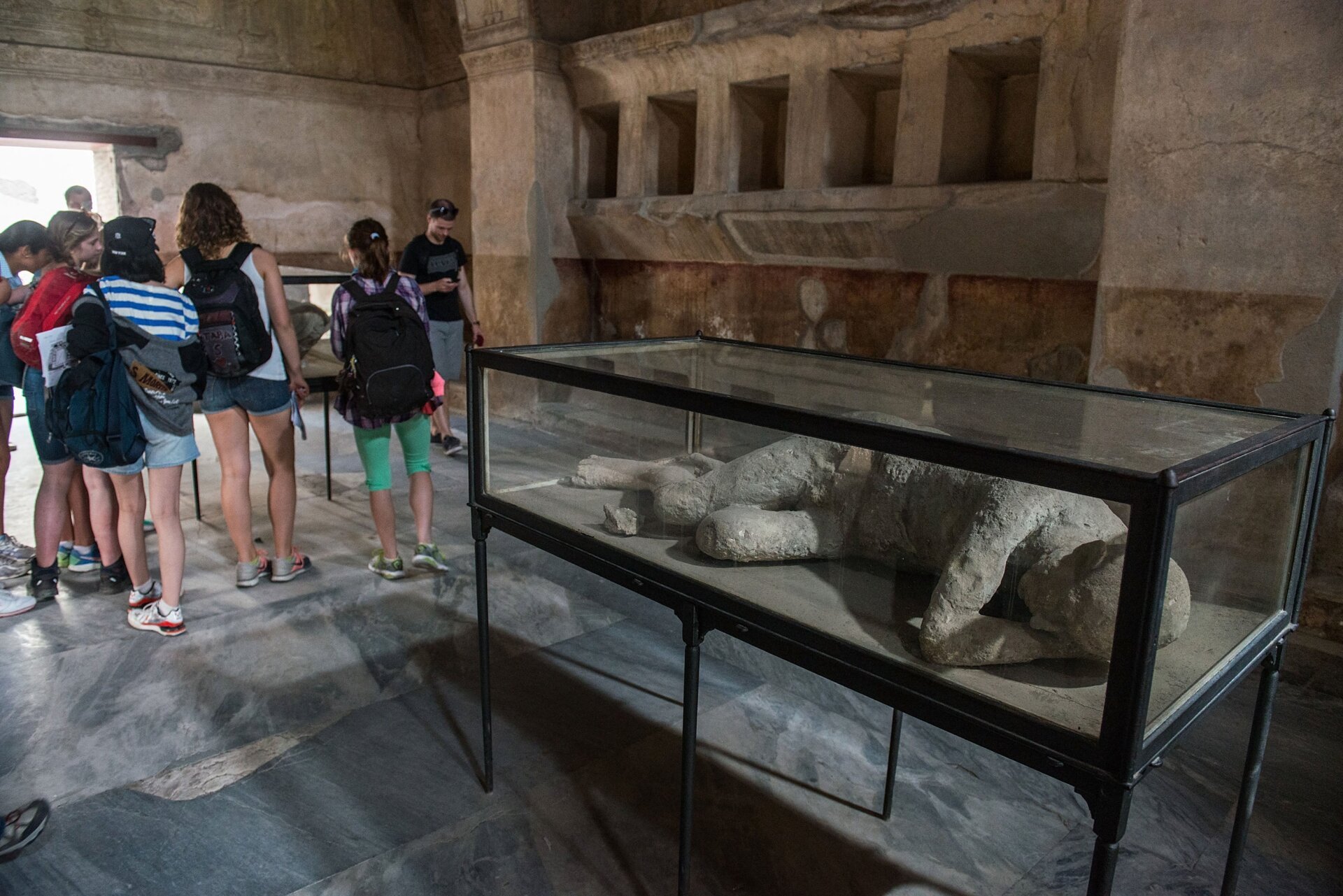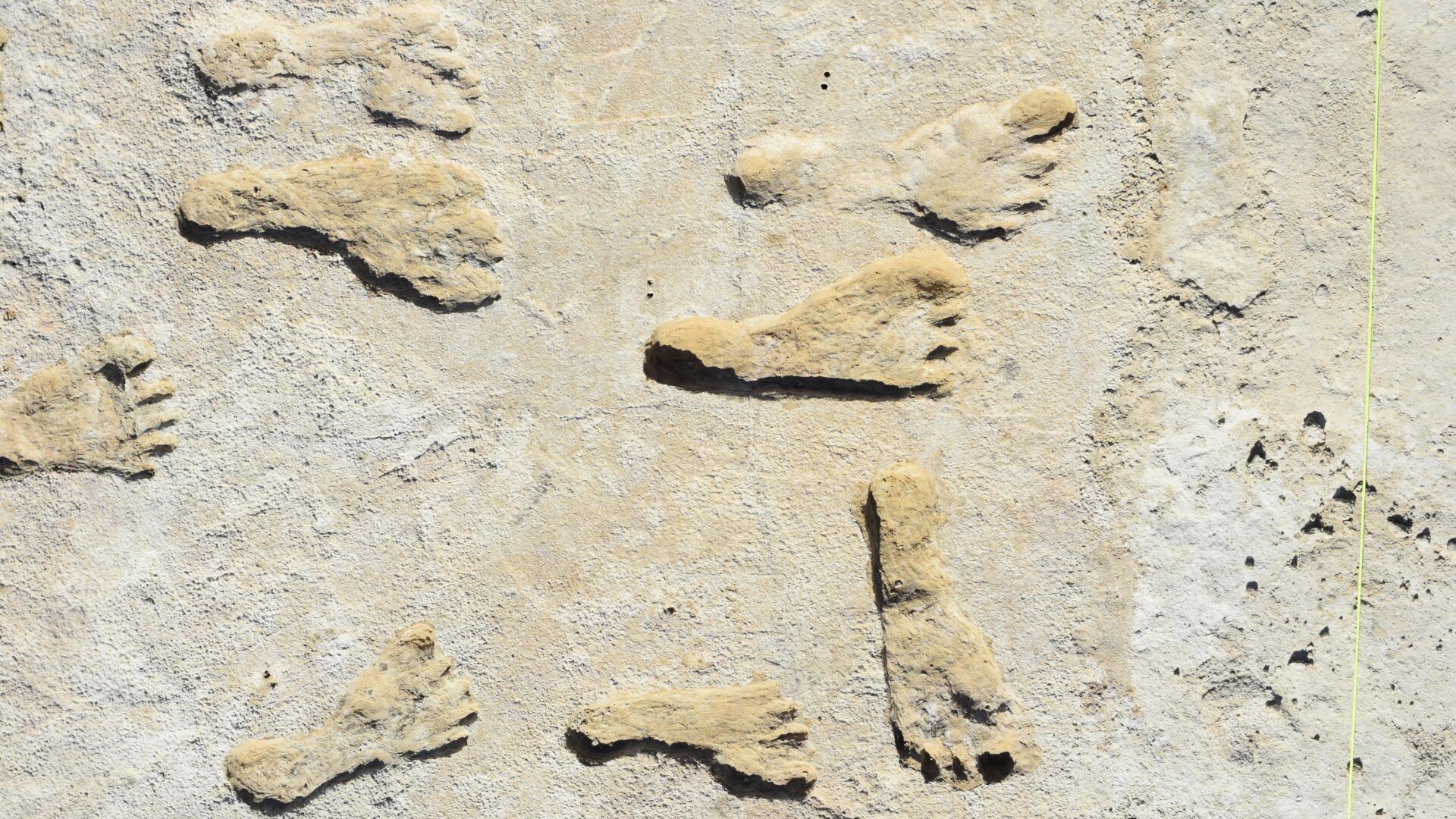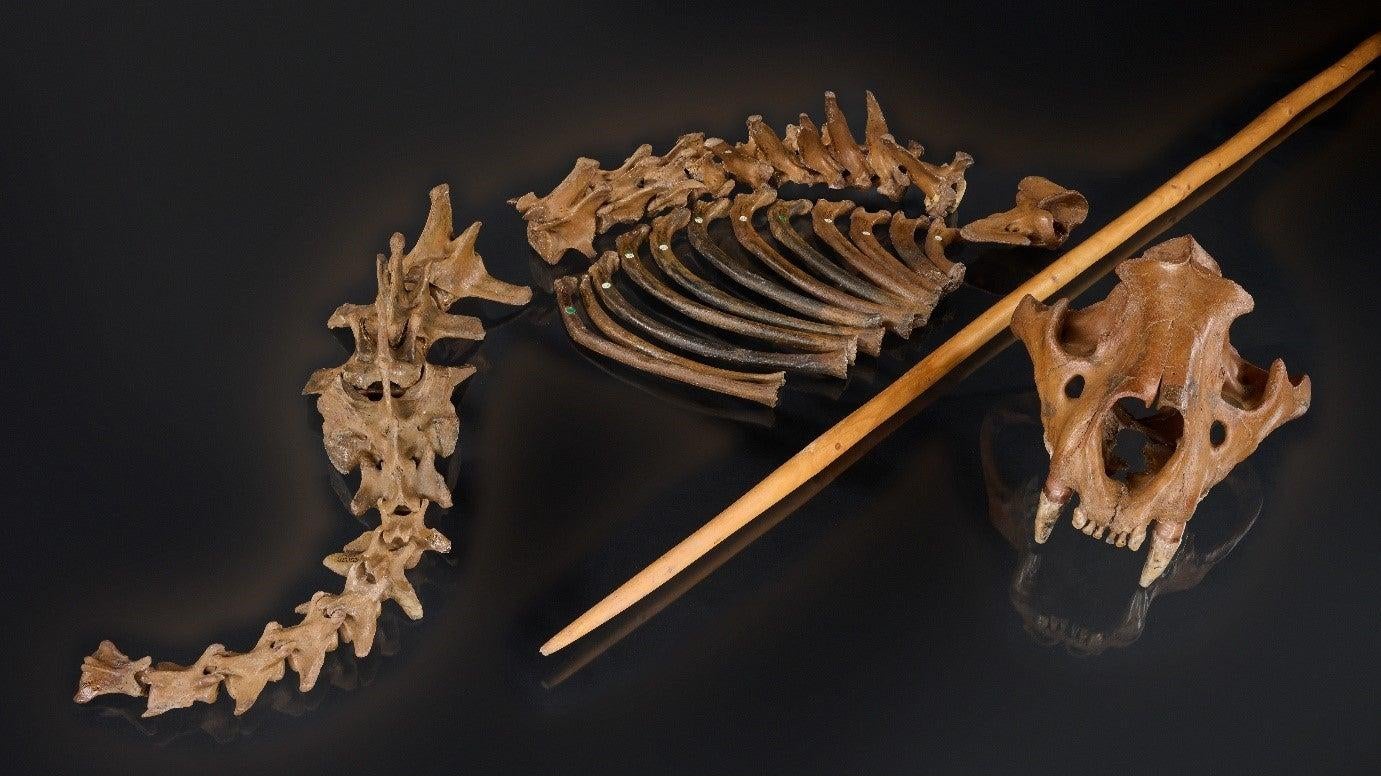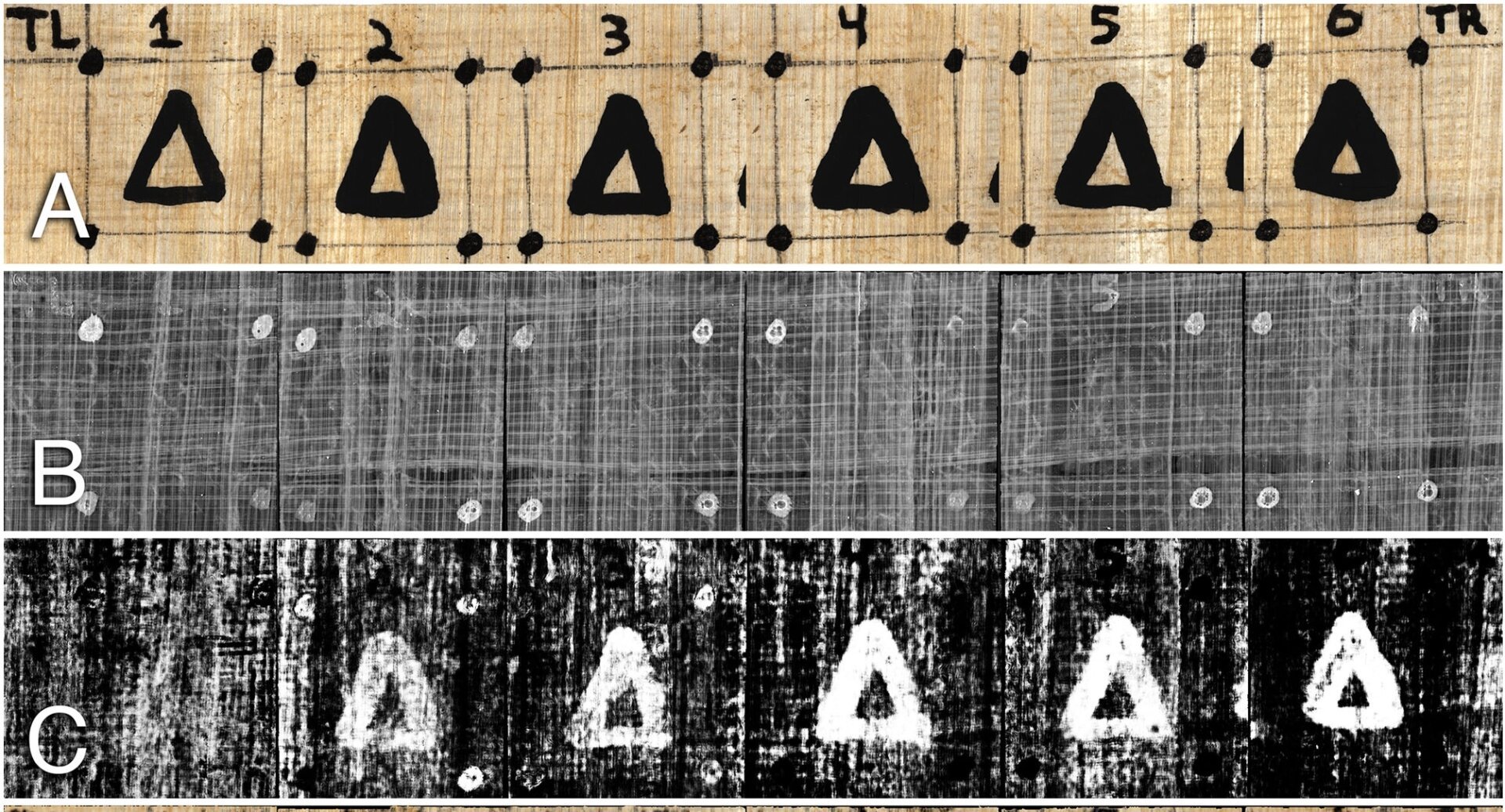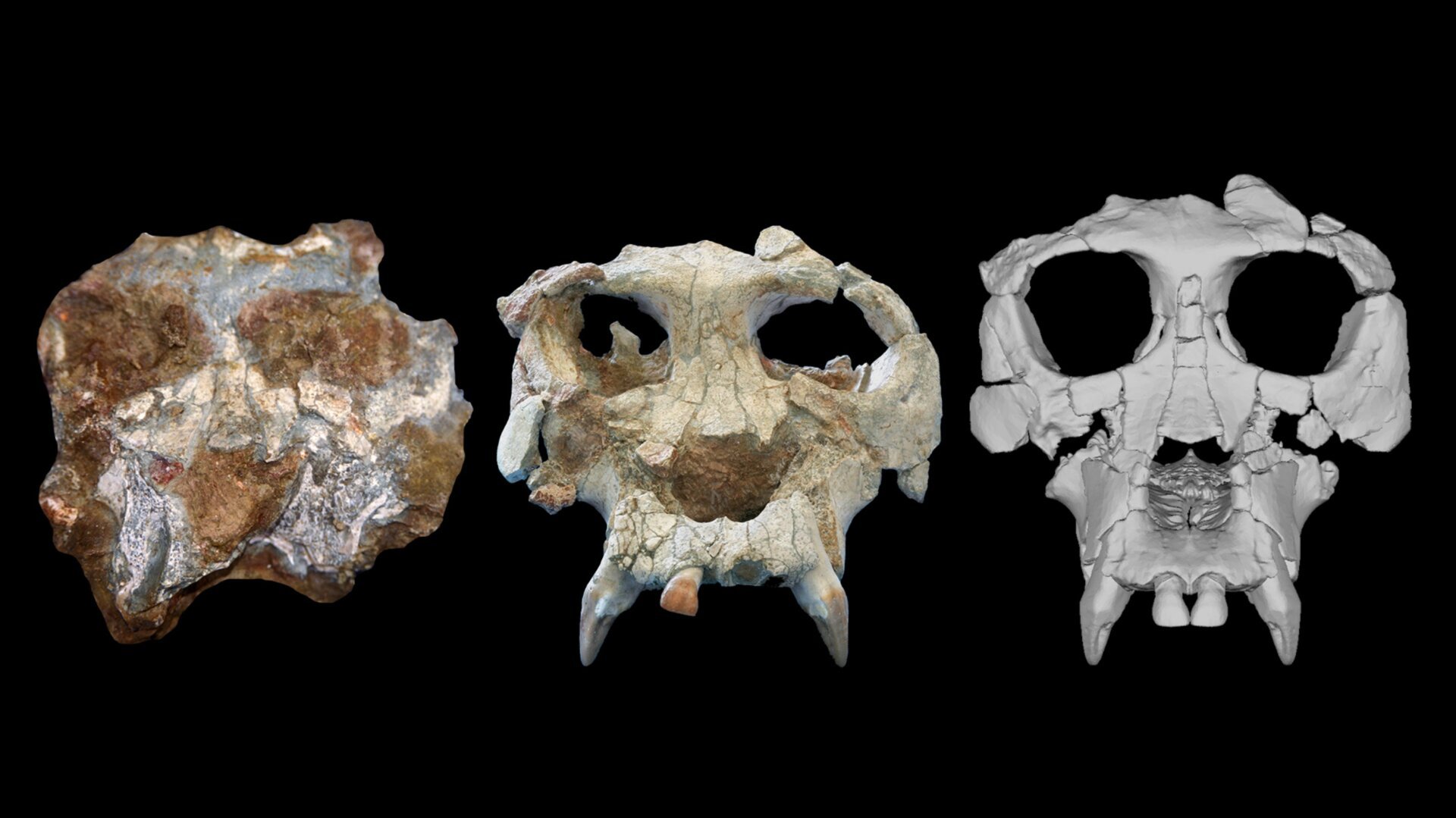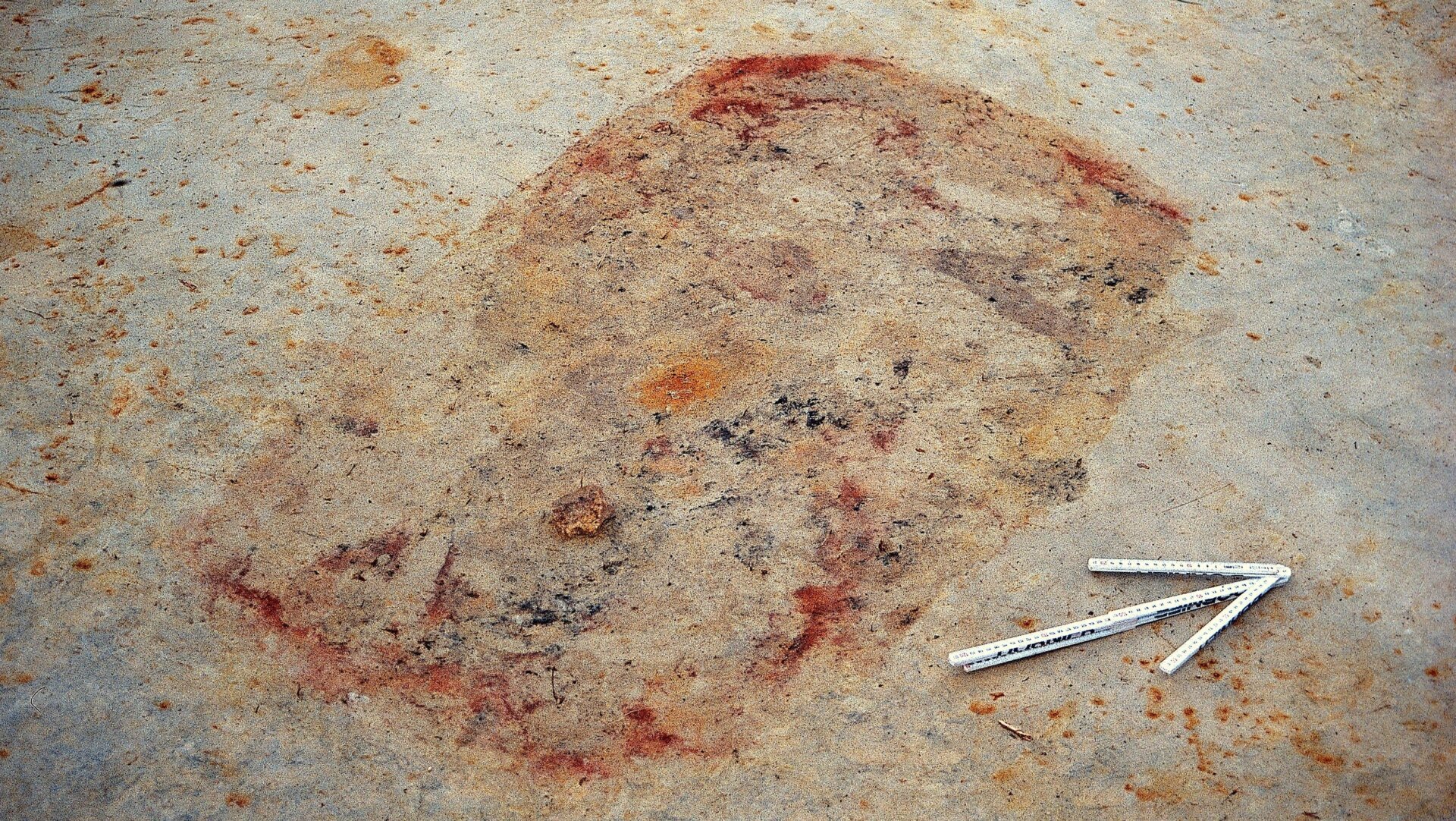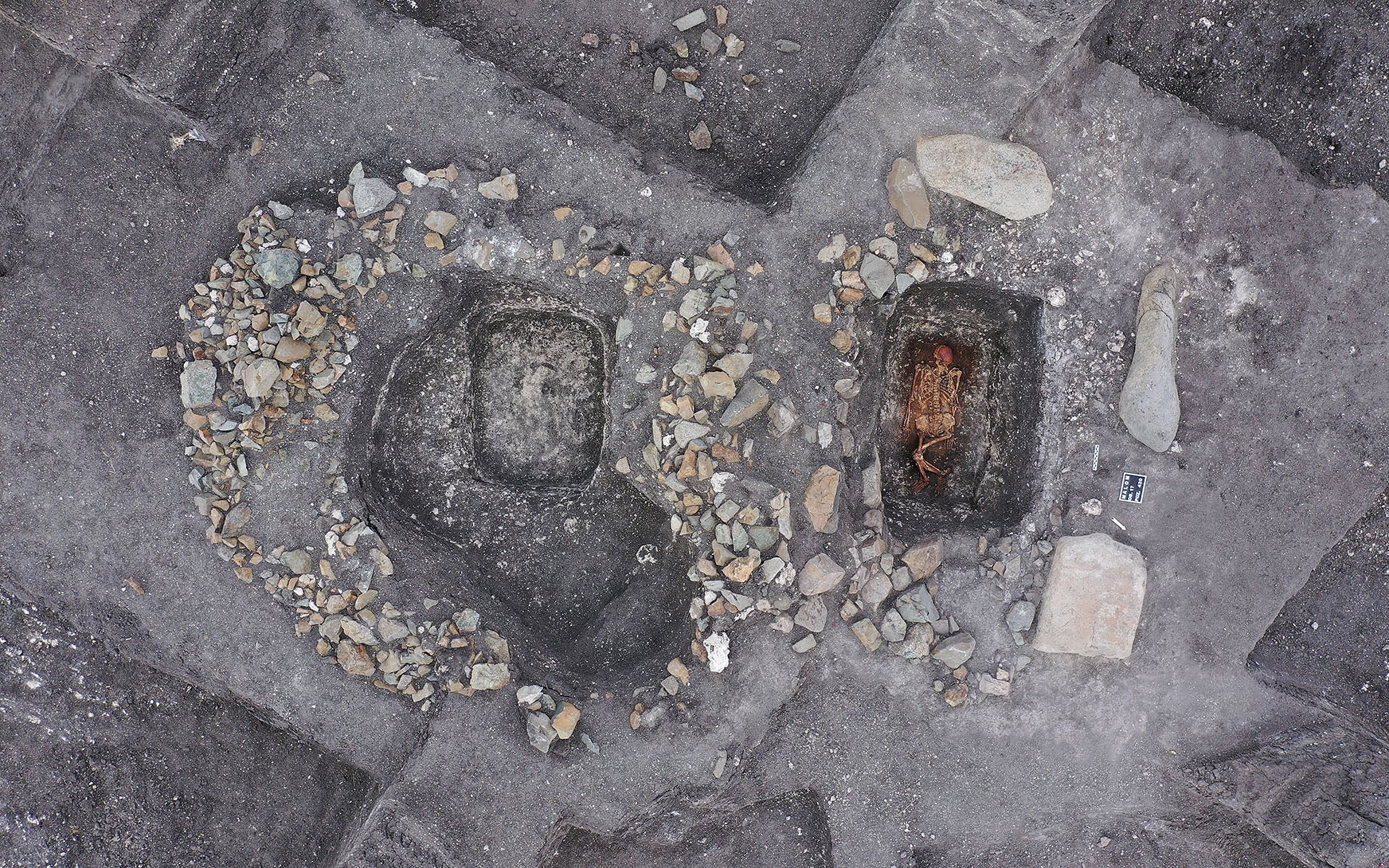Archaeological findings near Zambia’s Kalambo Falls have rewritten the timeline of early human construction. Researchers have unearthed wooden tools and interconnected logs dating back an astounding 476,000 years, give or take 23,000 years. This discovery pushes back the known origins of complex woodworking and construction to a period before the emergence of Homo sapiens.
The Kalambo Falls site, located on the eastern edge of Lake Tanganyika, has yielded a collection of wooden artifacts, including a notched branch, a cut log, a digging stick, and a wedge. The most significant find is a pair of logs joined at an angle with a cut notch, demonstrating an understanding of joining techniques and potentially, structural design. Published in Nature, the study highlights the advanced cognitive abilities of early hominins.
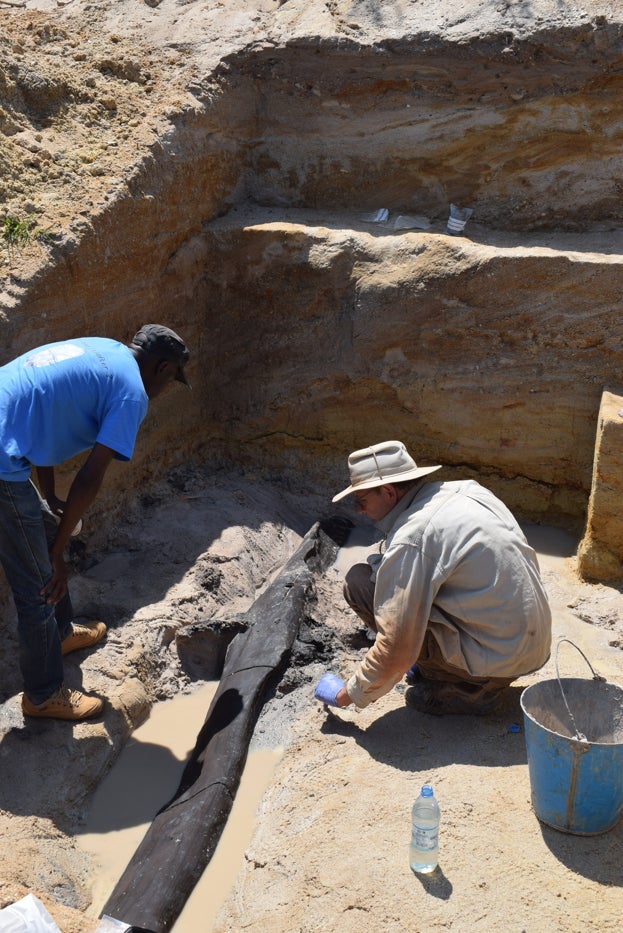 The interlocked wooden logs discovered at the Kalambo Falls site. Photo: Professor Larry Barham, University of Liverpool
The interlocked wooden logs discovered at the Kalambo Falls site. Photo: Professor Larry Barham, University of Liverpool
“This discovery challenges the traditional notion of the ‘Stone Age’,” explains Larry Barham, lead author and archaeologist at the University of Liverpool. “These hominins envisioned and created something entirely new using wood, showcasing their intelligence, imagination, and sophisticated craftsmanship.”
The oldest Homo sapiens fossils are dated to approximately 300,000 years ago, significantly younger than the Kalambo Falls structure. The site’s age was determined using luminescence dating of the sediments surrounding the wooden artifacts. The remarkable preservation of the wood is attributed to waterlogging, which prevented decomposition over hundreds of millennia.
The identity of the hominin species responsible for this ancient construction remains uncertain. However, fossil evidence suggests that Homo heidelbergensis, a species believed to have emerged around 600,000 years ago, inhabited the region during the relevant timeframe.
 Close-up view of the notched joint connecting the two logs. Photo: Professor Larry Barham, University of Liverpool
Close-up view of the notched joint connecting the two logs. Photo: Professor Larry Barham, University of Liverpool
The discovery underscores the challenges archaeologists face in uncovering evidence of early woodworking due to the rapid decay of organic materials. While the oldest known modified wooden object is from South Africa, dating to between 100,000 and 200,000 years ago, and Neanderthals constructed a stalagmite wall in a French cave 176,000 years ago, the Kalambo Falls findings significantly extend the history of human construction.
“These new dating techniques allow us to probe deeper into the past, revealing crucial insights into human evolution,” says Geoff Duller, co-author and archaeologist at Aberystwyth University. “While the Kalambo Falls site was initially excavated in the 1960s, the lack of dating technology at the time obscured its true significance.”
The purpose of the wooden structure remains open to interpretation. Researchers propose several possibilities, including a foundation for a dwelling, a walkway, or a raised platform to cope with fluctuating water levels in the area.
Annemieke Milks, an archaeologist at the University of Reading, suggests in a related News & Views article, “The Kalambo Falls hominins appear to have significantly modified their living environment, regardless of the structure’s exact function.” This suggests a more settled lifestyle, contradicting the traditional view of nomadic early hominins.
The research was part of the Deep Roots of Humanity project at the University of Liverpool, which focuses on technological advancements in south-central Africa and their impact on hominin evolution between 500,000 and 300,000 years ago. The Kalambo Falls discovery may necessitate a reevaluation of these timelines. Further research at the site could unearth more clues about the lives and ingenuity of these early builders.



